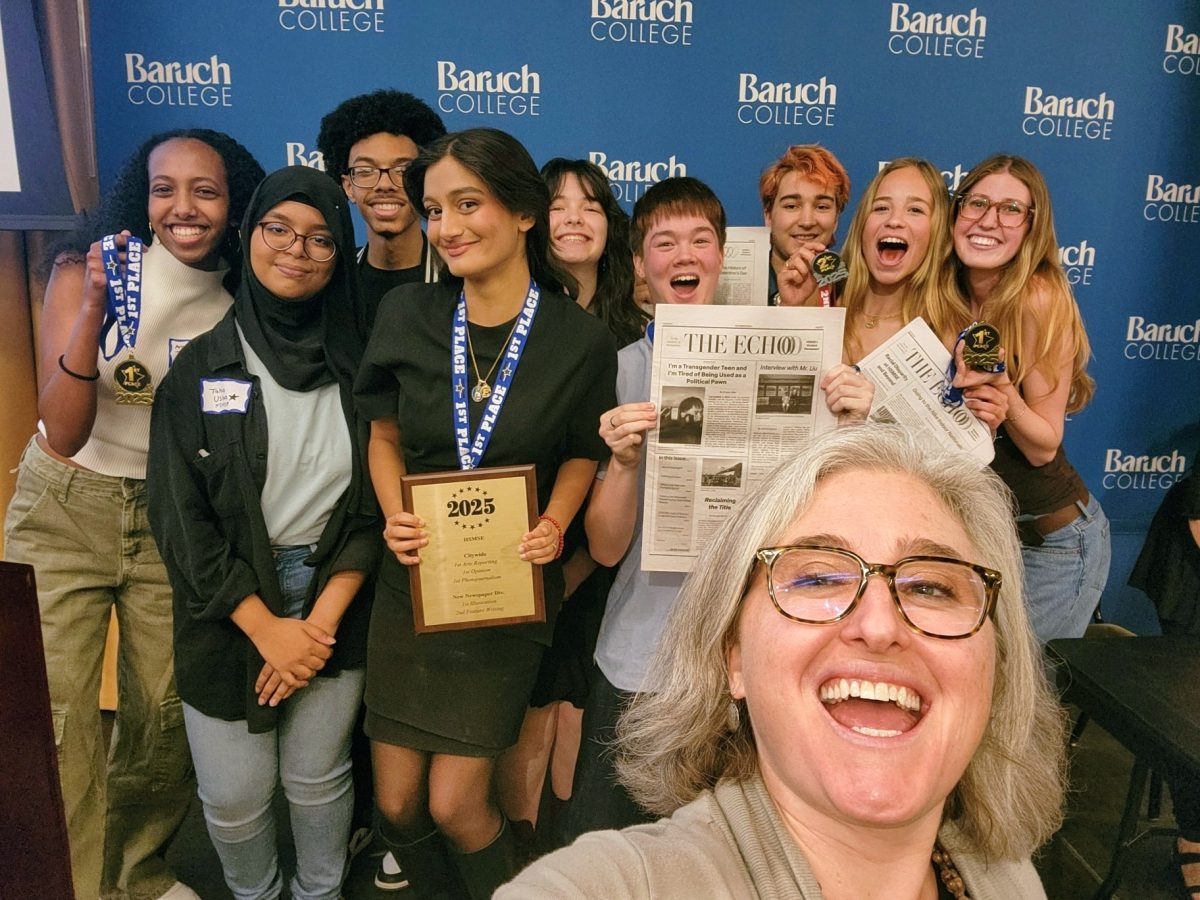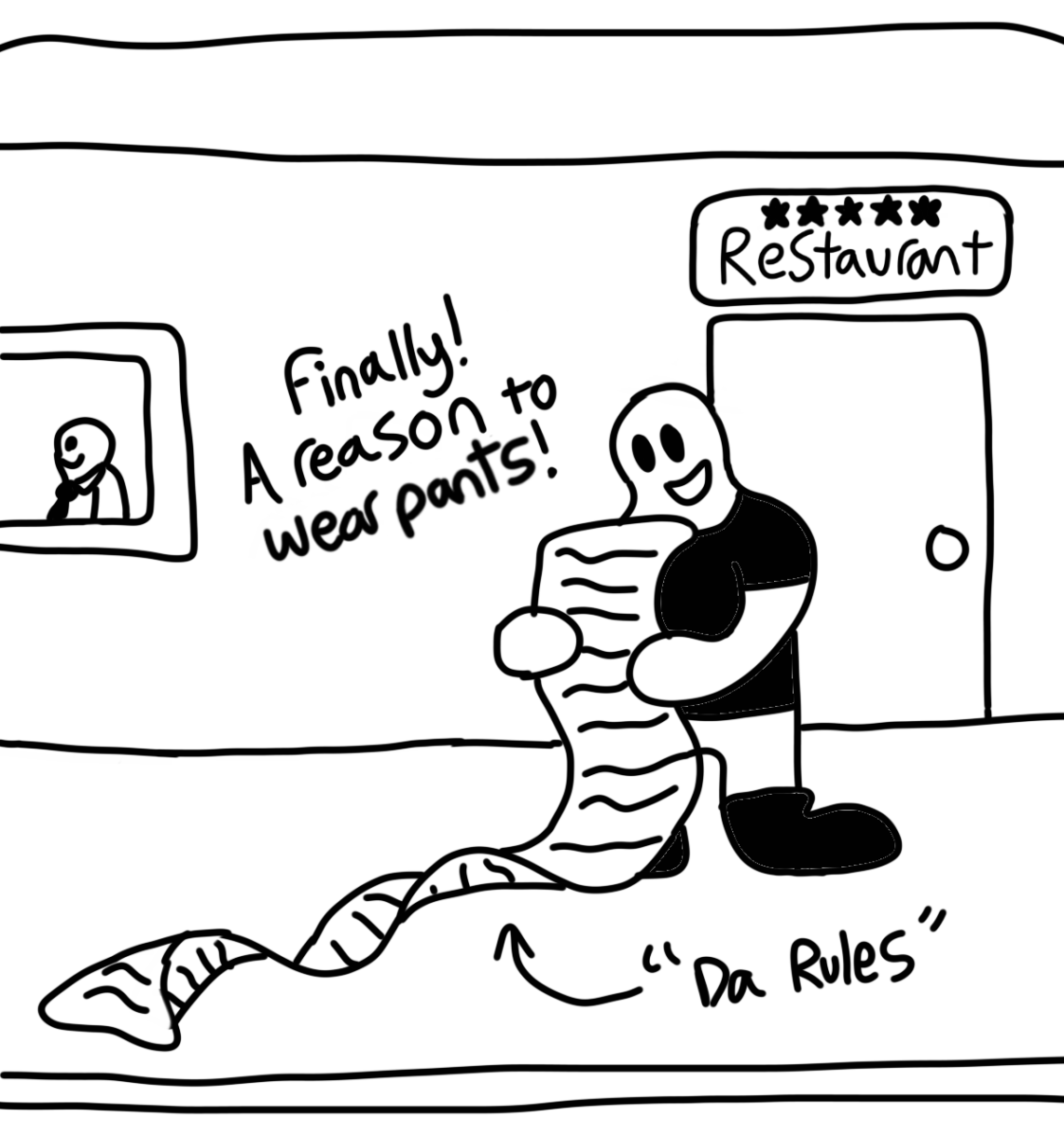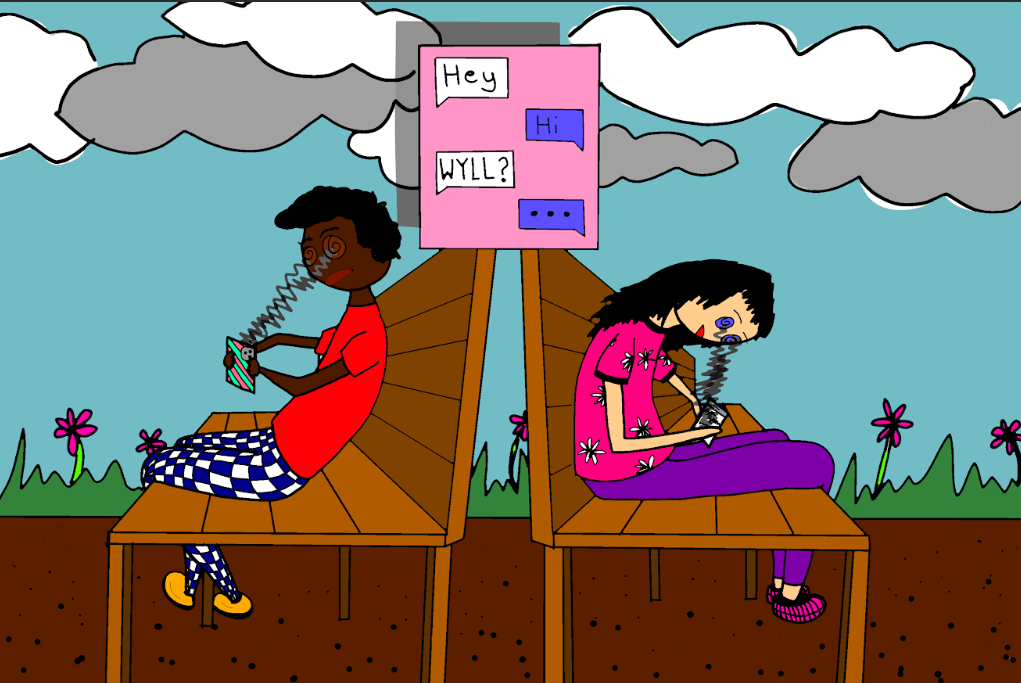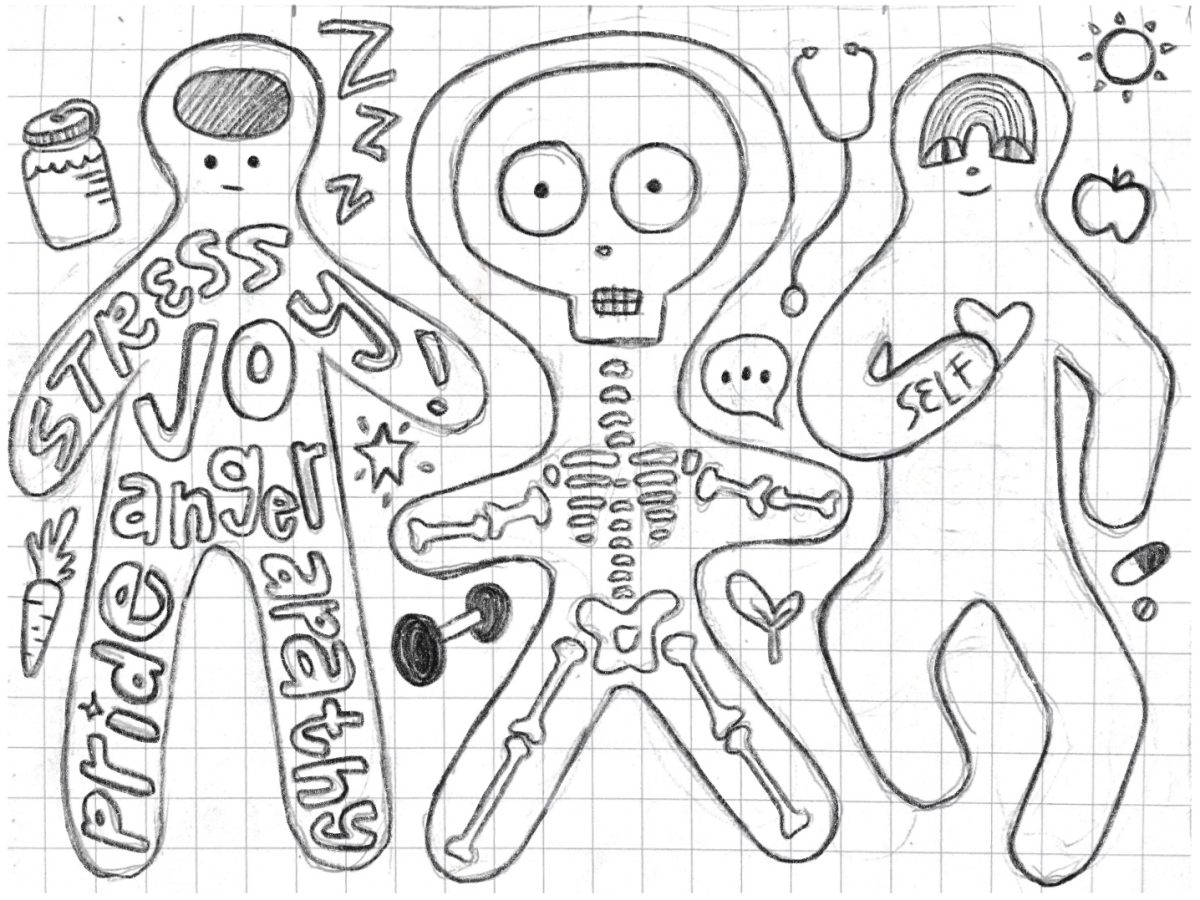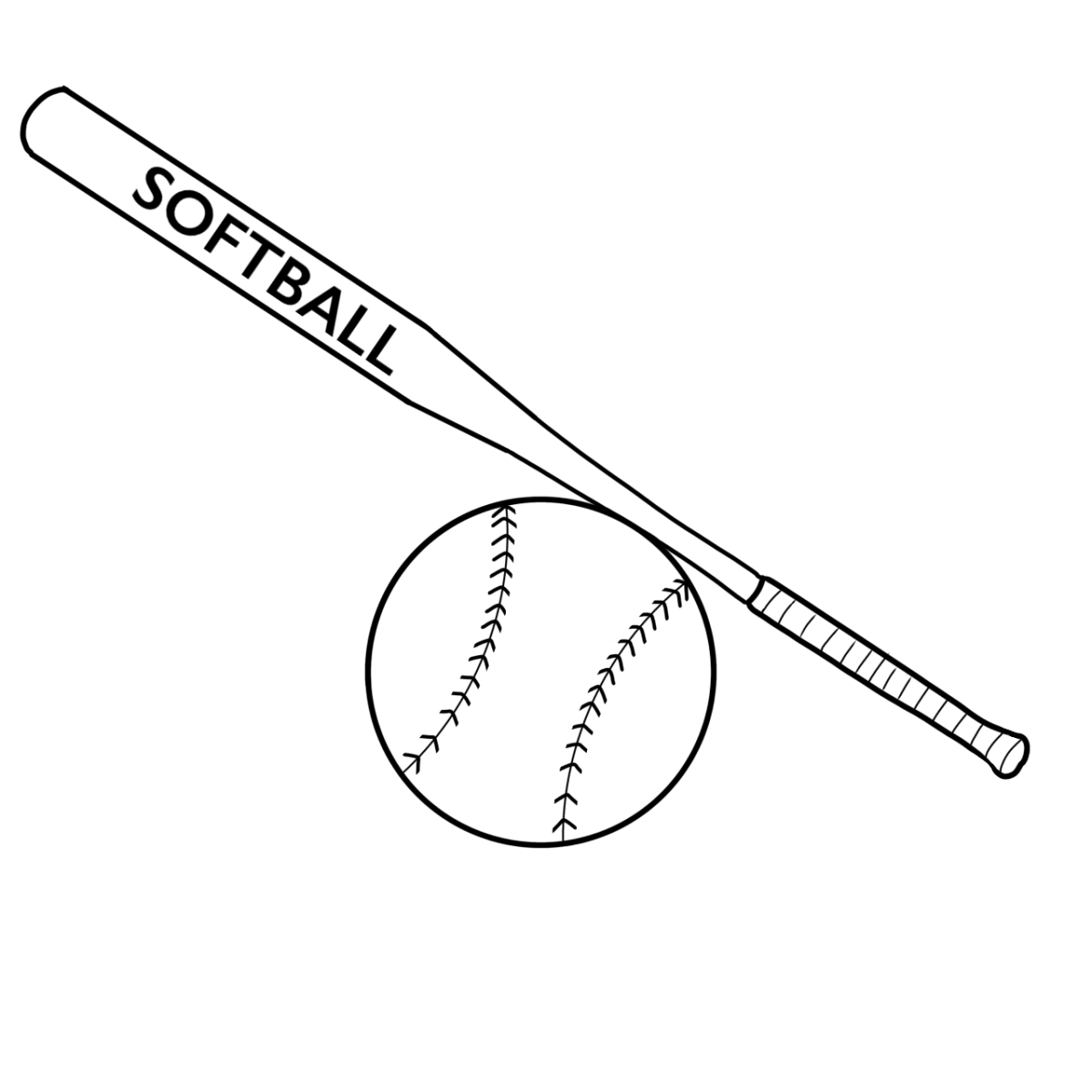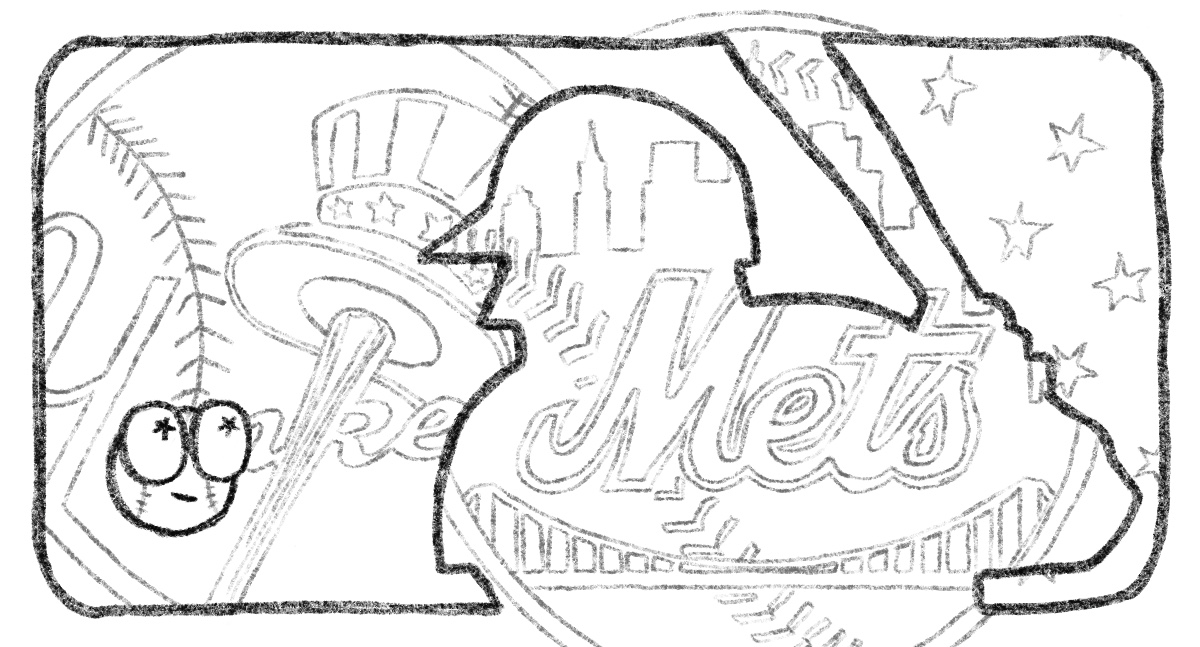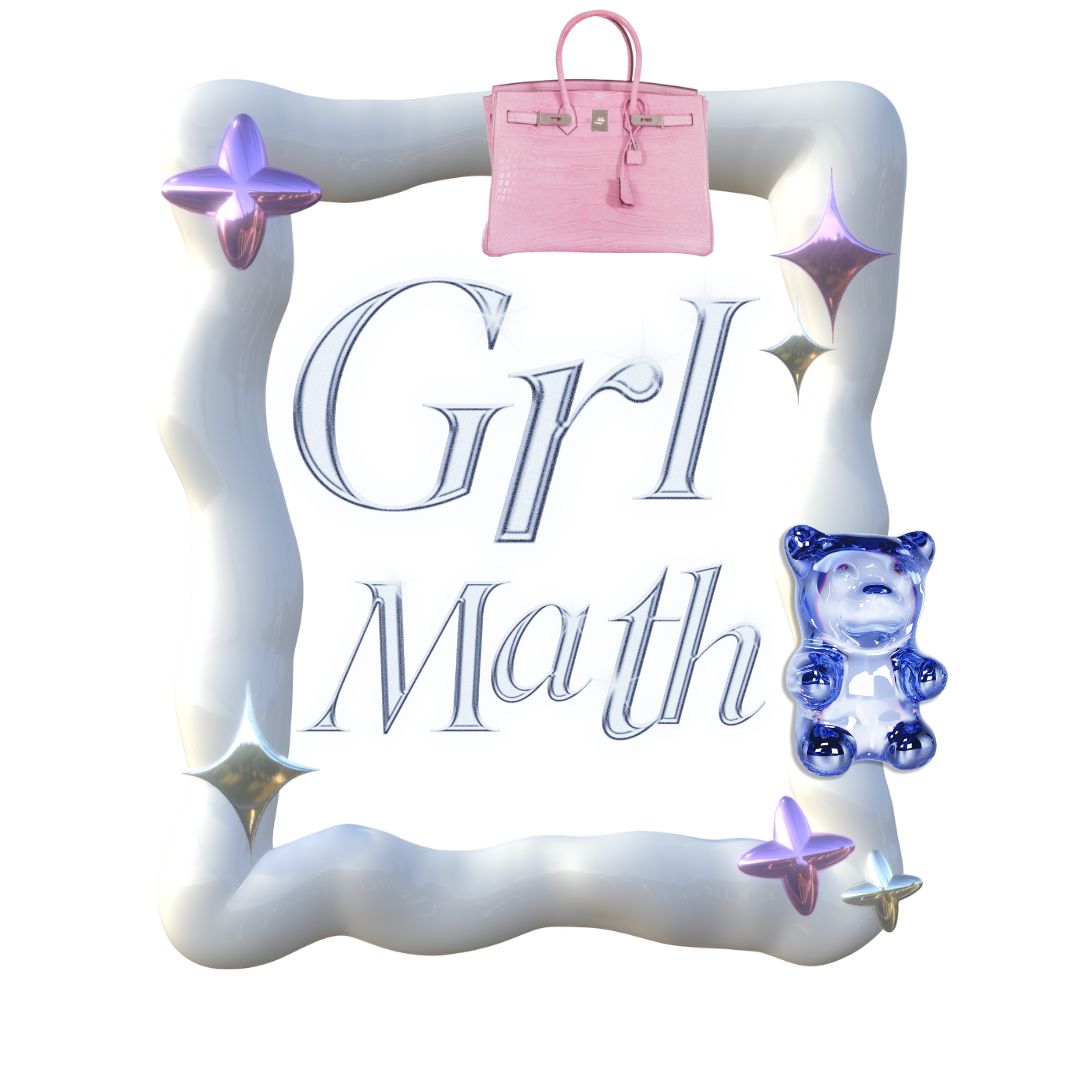Whether or not it was by choice, you’ve heard of girl dinner. Maybe you’ve seen the chaotic adult Lunchables through a TikTok video or a New York Times piece. But have you heard of “girl math”? It has the same humble TikTok origins and lighthearted chagrin as its predecessor, but it also has the same terrifying impacts.
Girl math, in simplest terms, is about fun financial decisions. Girl math is avoiding shipping costs by buying more. Anything under five dollars is free. Paying in cash doesn’t count as spending money. If you load a Starbucks card and buy a drink with it later, that drink is free. It’s not exactly a tangible phenomenon. Girl math is supposed to be fun, carefree, and lighthearted. And although it started out that way, girl math has taken an uncalculated, unforeseen turn.
Like girl dinner, what began as a joke is turning into a manifestation of our culture of misogyny. The beautiful thing about girl math—and girl dinner—is that we’ve all been guilty of it. None of us are free from the pull of consumerism: we all want those little treats to help us through our days. Yes, you’ve tried to justify inane purchases to yourself before. Did you need that eight-dollar latte? No, but you wanted it. Companies use “mental accounting” on us all the time, asking us to spend more money for free shipping, or rounding prices down by one cent. But we shouldn’t normalize nor justify it: we should try to exit the mental traps that consumerism springs onto us.
Is it really that serious? Yes, absolutely. Not only are we spreading the message that overspending is okay and that it is a specifically female trait, but we’re also doing so on a platform that kids frequent. To a less developed audience of mainly children, these mental traps look incredibly appealing. People group together effort, time, and money as interchangeable currencies, but it’s really not that simple.
“Girl math” doesn’t teach you how to be financially literate in our modern world. It teaches you that it’s okay to spend heedlessly, which is a really destructive long-term attitude. There’s no incentive to learn more about money when bad spending habits are normalized. More than just the attitude, though, it confines women to a financial box, reinforcing the false notion that women are bad with money.
Search “girl math Birkin” on TikTok and you’ll encounter dozens and dozens of women buying Hermes Birkin bags worth around a year of college tuition (or several!). This enormous purchase is backed up with convoluted logic and a devotion one can only call religious. You can’t use “girl math” to justify a 25,000-dollar Birkin bag. It’s a financially ridiculous purchase, no matter how you frame it. And it sets a bad example for the kids and young teens commenting under these videos with “sounds great to me!”
This isn’t just a case against why women shouldn’t be painted as frivolous spenders. Putting this rhetoric on social media platforms that our younger generation frequents is even worse. It’s important that, along with weighing the cost of a Birkin bag, we should weigh the consequences of the trends we spread and the ideas we choose to hold up. Even the silliest of bits can show an unfortunate side of our beliefs. Unlike supposedly anything bought with cash, our words have a cost.








